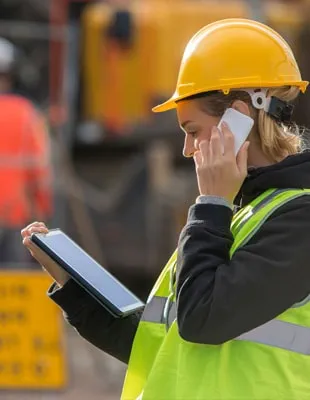The impact
By embracing a new approach to project development and using technology to efficiently gather and respond to stakeholders’ sentiments, we were able to secure the public’s support. The consultations revealed key issues that the people care about, such as nature and biodiversity conservation and the impact on water and agriculture. It became clear to the project team that the public supports the transition to renewable energy, but there was a need to balance the goals of this nationwide initiative with the needs of those who will be directly affected by the installation of new power lines.
The project was then designed to reflect those sentiments, and the government eventually subsidized the moving of the HVDC transmission lines underground. For the client, our work helped secure the necessary planning permissions and allowed the project to proceed as scheduled and within the allotted budget.
The HVDC transmission lines will serve as the backbone for the nationwide, reliable supply of sustainably generated energy that will power households, businesses, and communities. More importantly, Germany will be on track to substantially reduce its reliance on fossil fuels for energy generation, which will help create a carbon-neutral world for its people.






